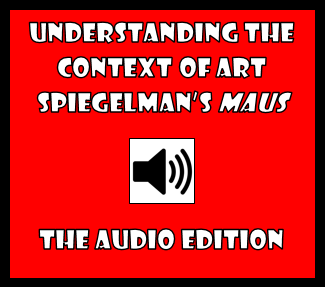You might think it would be a challenge to get too much out of a visual brainstorming (or visible thinking) exercise based on William Blake's "The Sick Rose." A product of his 1794 collection, Songs of Innocence and of Experience, the poem is both cryptic and foreboding, suggesting that the Rose of the poem is in peril at the hands of "The Invisible Worm / That flies in the night / In the howling storm." As cryptic as the poem is, Ellie was able to extract a great deal out of it through the process of visual brainstorming. There are a number of exciting areas to highlight here, as the following slideshow suggests: Not only does Ellie's activity of drawing the worm reveal something that we gloss over as we read the poem--that the worm "flies in the night"--but she is also able to make a connection between the frequency of the letter "o" (14 occurrences) and the idea of the worm burrowing into the flower. As well, the repetition of "joy" and "destroy" does not create a kind of balance insofar as a positive and negative word rhyme with one another. In fact, the rhyme merely highlights the thoroughness and severity of the destruction. Try visual brainstorming with your students, or check out another one of the articles below. It can really help students to engage with poetry on a different level than traditional literary analysis! If you enjoyed this article, you might also enjoy:
0 Comments
Your comment will be posted after it is approved.
Leave a Reply. |
Glen DowneyDr. Glen Downey is an award-winning children's author, educator, and academic from Oakville, Ontario. He works as a children's writer for Rubicon Publishing, a reviewer for PW Comics World, an editor for the Sequart Organization, and serves as the Chair of English and Drama at The York School in Toronto. If you've found this site useful and would like to donate to Comics in Education, we'd really appreciate the support!
Archives
February 2019
|






 RSS Feed
RSS Feed
